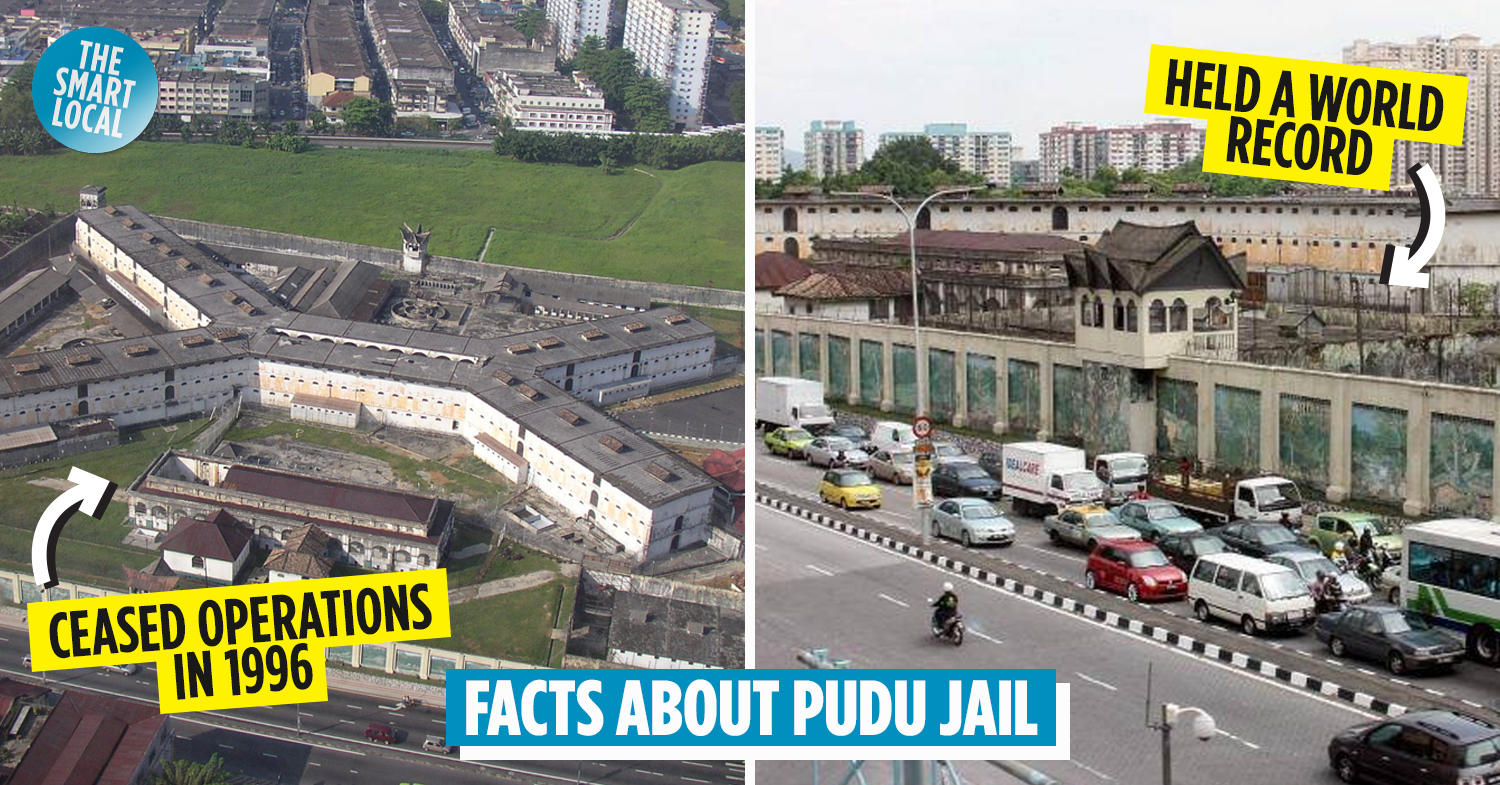Facts about Pudu Jail in Kuala Lumpur
When we speak of heritage sites in Malaysia, it’s often popular ones such as KL Railway Station and National Textiles Museum that people can readily recall. Though not officially recognised as a heritage site, Pudu Jail in Kuala Lumpur is a place that many still remember today for a variety of reasons.
This famous prison, which was scrapped in the past decade, once had the world’s longest mural wall and had some gripping tales to tell – including a prison siege and a cholera outbreak.
We rounded up 7 interesting facts about Pudu Jail that’s often left out of history books below.
1. Pudu Prison was built by British colonisers in the 1800s
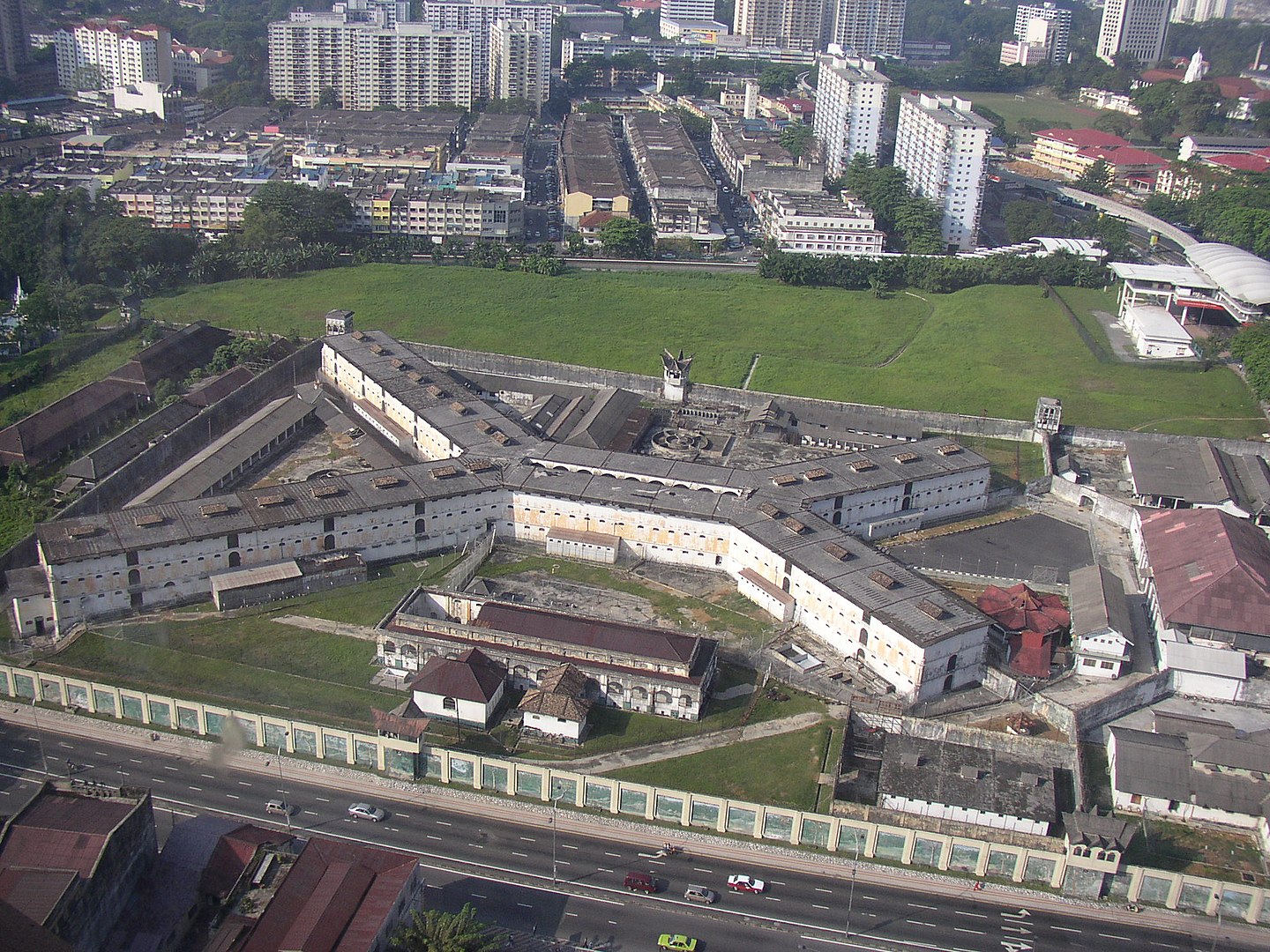
Aerial view of Pudu Prison
Image credit: Wikipedia
The Pudu Prison, also known as Pudu Jail, was a famous correctional and detention facility that was built in stages by the British colonial government in KL in the late 1800s.
It was built on top of a Chinese burial ground.
The construction of this infamous structure began in 1891, and was completed in 1895 under the supervision of British engineer Charles Edwin Spooner. It cost a total of RM15,360.90 to build. Spooner also helped built other KL landmarks, such as the Sultan Abdul Samad Building and the KL Railway Station.
The prison stood on Jalan Shaw – now known as Jalan Hang Tuah. It was known for its small and dark cells, with windows about the size of a shoebox and strong metal doors that made escaping impossible.
2. It once had the world’s longest mural
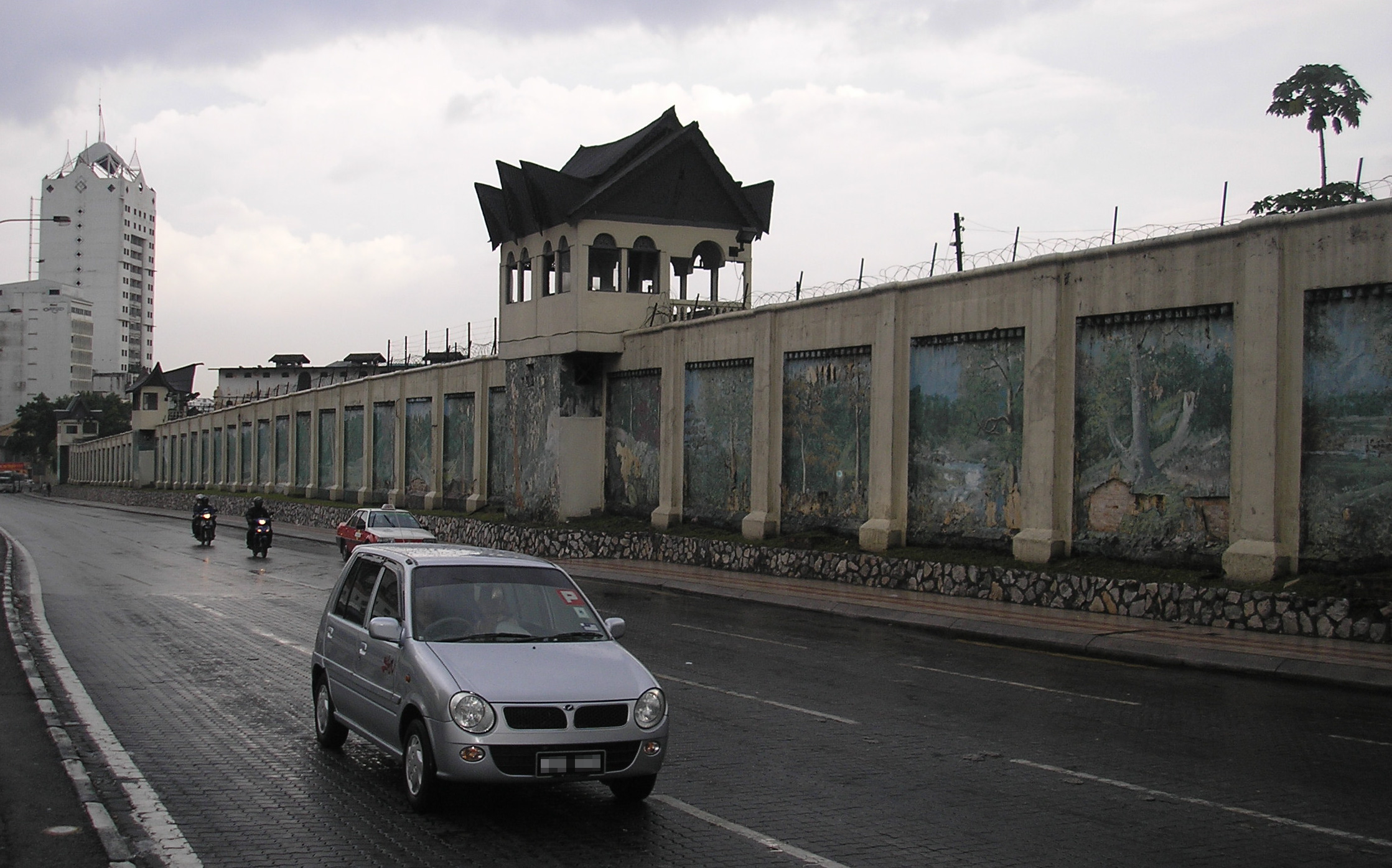
Image credit: Wikimedia Commons
A lot of people might have heard of Pudu Jail due to its prominent location in the heart of KL. But not many know about its history. For instance, part of the prison’s fame is because of its iconic 394-metre long mural wall – once the longest in the world.
The mural with tropical scenes was created by inmate Khong Yen Chong, who used some 2,000 litres of paint to create the masterpiece with the help of fellow inmates – his work even made it into the Guinness World Records due to its massive scale.
Even after his release, Chong returned to the prison to complete the artwork.
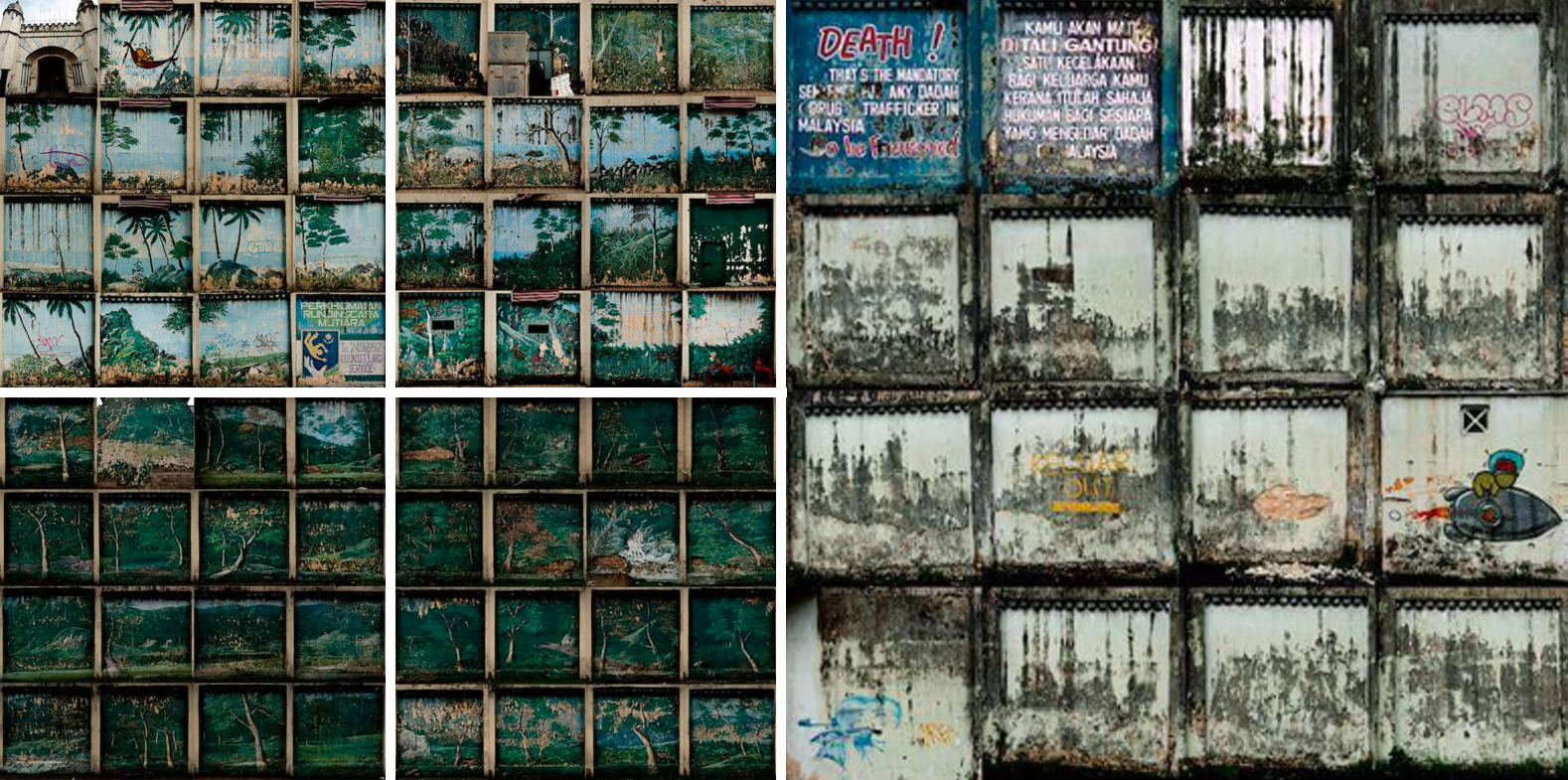
Parts of the artwork from Pudu Jail
Image credit: Dennis Ong
Unfortunately, in 2010, the famous prison wall and its artwork was taken down to give way for a road-widening project in the area.
3. It had a cholera outbreak shortly after opening
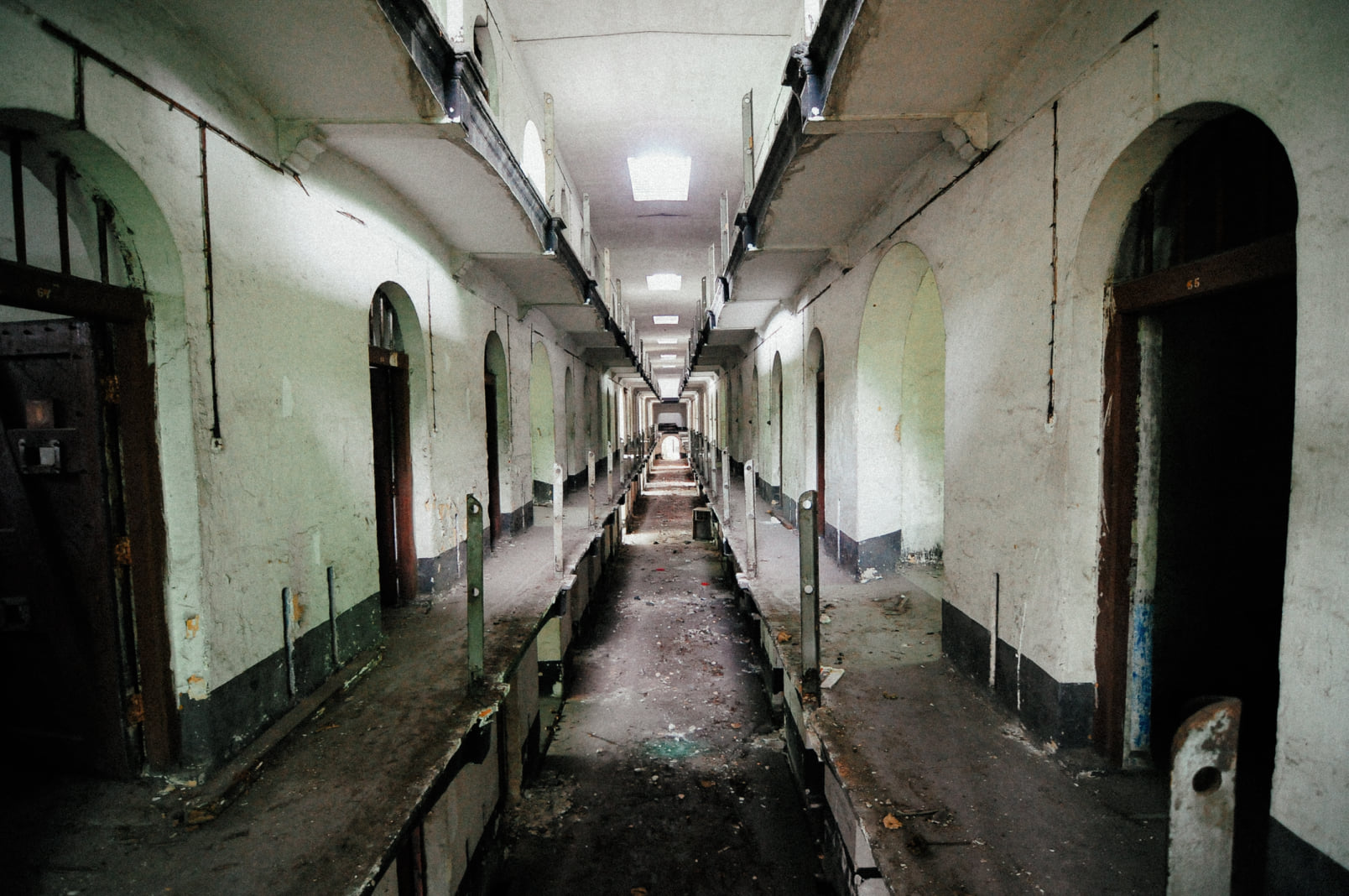
Abandoned cells in Pudu Jail
Image credit: Amri Daud
If you’ve read about Pudu Jail before, you’d probably know that it was built on top of a former Chinese burial ground. But here’s a lesser-known fact you might not know about. Shortly after opening, the prison had a massive cholera outbreak that caused the death of inmates by the hundreds.
After thorough investigations by local authorities, the source of the deadly disease was discovered to be the former Chinese graveyard’s water system, which was likely contaminated with the dead bodies that were buried at the grounds.
Despite the number of lives lost, the problem persisted for years as the old water system remained in use until 1898.
4. It saw the execution of famous criminals
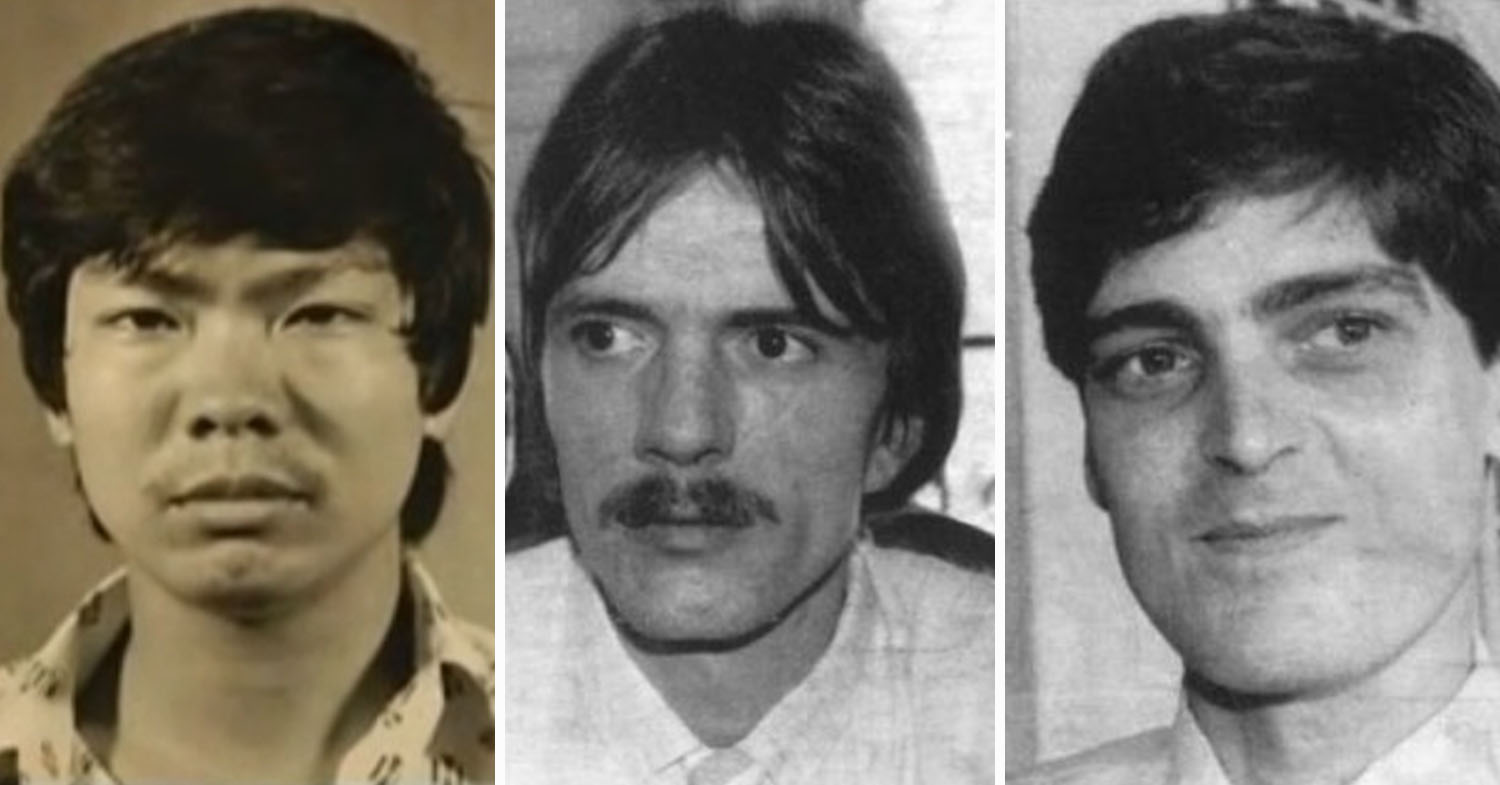
From left: Botak Chin, Kevin Barlow and Brian Chambers
Image adapted from: Wikipedia, Wikipedia and Wikipedia
Pudu Jail saw some of the most notorious criminals in the nation executed within its walls. This includes Botak Chin, an infamous gangster who was executed on 11th June 1981 for possessing firearms. That same year, while on death row, he tried to make an escape from the prison but was unsuccessful.
However, several prison wardens were stabbed in the process.
In 1986, the executions of Kevin Barlow from the UK and Brian Chambers from Australia for trafficking heroin into Malaysia went down in history, as they were the first Westerners to be executed in the country under the drug offence law.
Another infamous criminal Jimmy Chua was punished for his crimes that same year under the Kidnapping Act of 1961 – he started a six-day prison siege at Pudu Jail, and committed a series of subsequent offences thereafter. The takeover was a harrowing one involving Chua and five other inmates, who held two hostages in an attempt to escape the prison.
Thankfully, the police force was able to take back control of the building in the end.
Derrick Gregory, a Briton, was also on death row at Pudu Jail for smuggling heroin in 1989.
5. It ceased operations in 1996
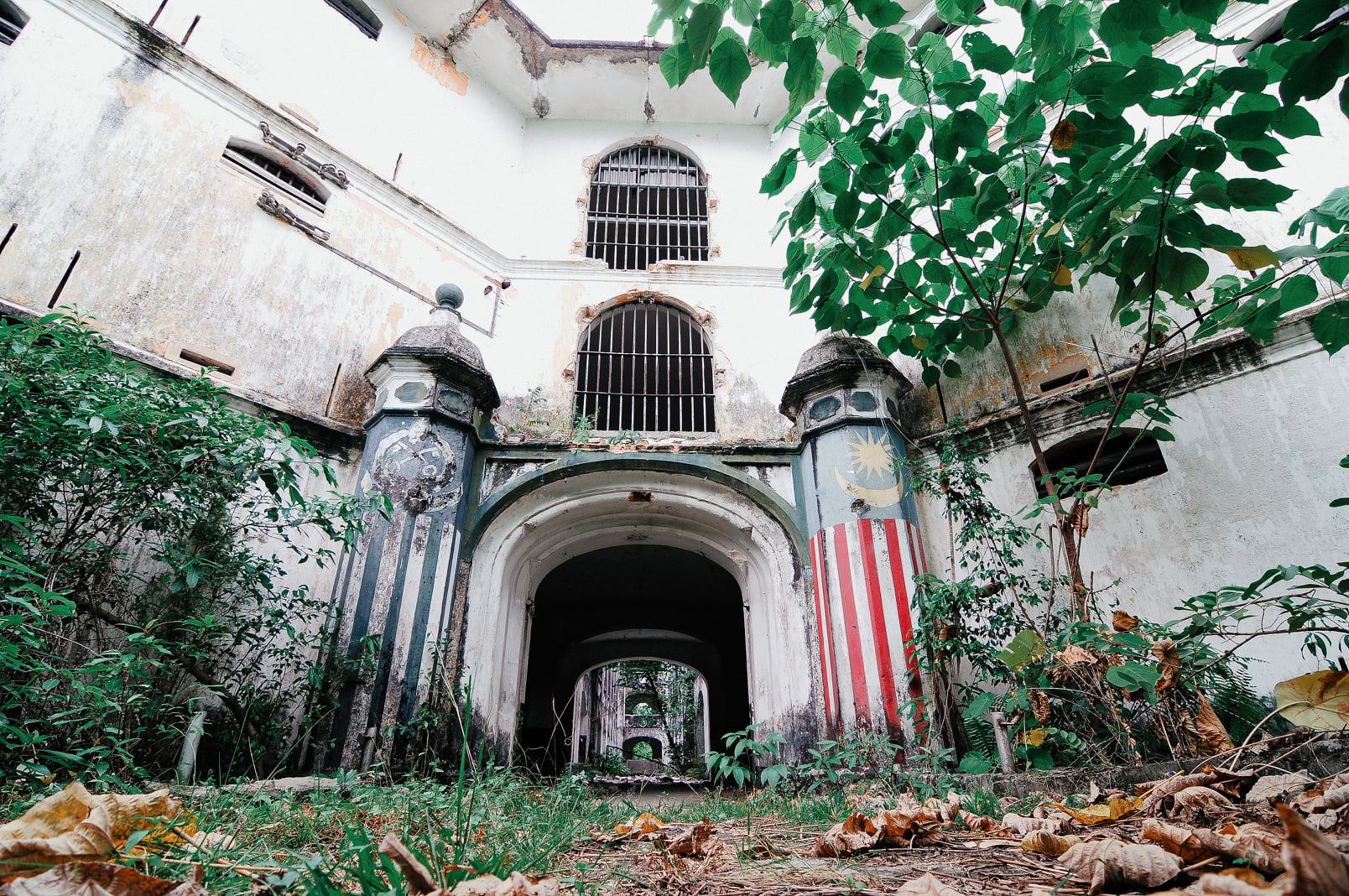
Entrance of Pudu Prison
Image credit: Amri Daud
After holding inmates for a whopping 101 years, Pudu Prison officially ceased operations in 1996 due to several factors. The closure of the prison was widely believed to be security concerns, as commercial developments such as Imbi and Bukit Bintang mushroomed around the jail from the 1990s.
Another reason for its closure was because of its facilities’ deteriorating conditions – it had been in use for over a century. Upon its closure, the prison’s inmates were relocated to the Sungai Buloh and Kajang prisons in Selangor.
However, the structure remained in use until 2009 as a day-holding facility for prisoners attending court hearings. It was also briefly used as a museum in 1997 before the it was demolished.
6. It was taken down completely in 2012
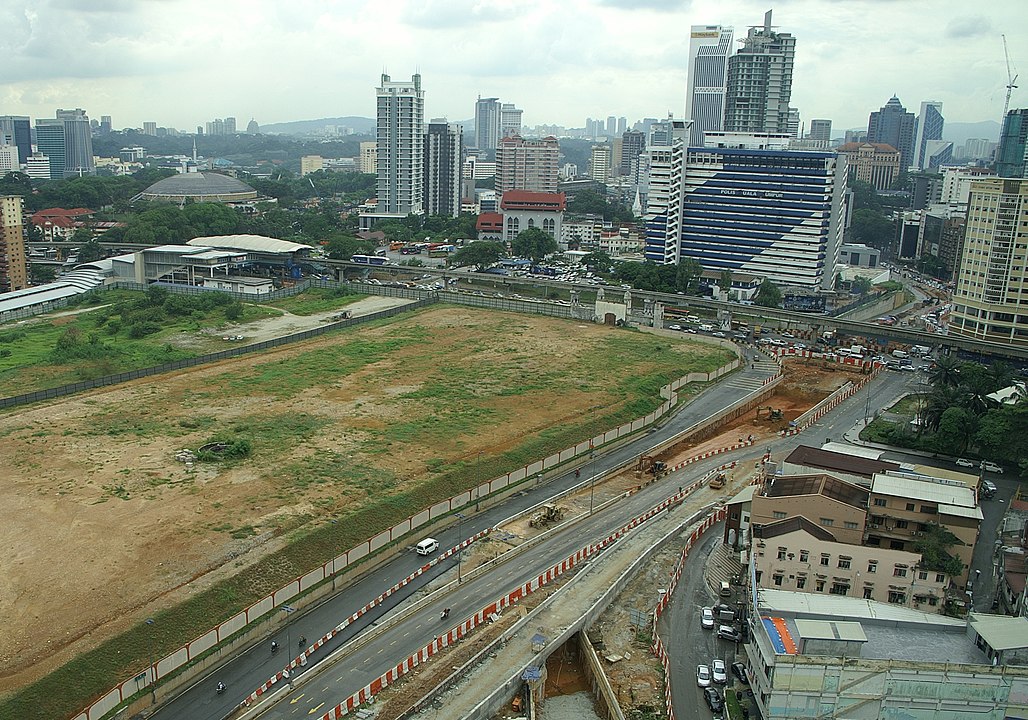
The prison area as of 2013
Image credit: Wikipedia
The end of an era came in 2010, when the eastern wall of the prison complex was demolished to make way for a road-widening project in June that year. By December 2012, all buildings within the prison complex were completely demolished to rubble.
The decision to tear down the correctional facility came as the government felt that the prison is “not something to be proud of”. Nonetheless, part of the exterior wall bearing the murals and the main gate are still maintained by the government, following requests from the public and heritage conservationists.
7. Its site is now a mixed development zone
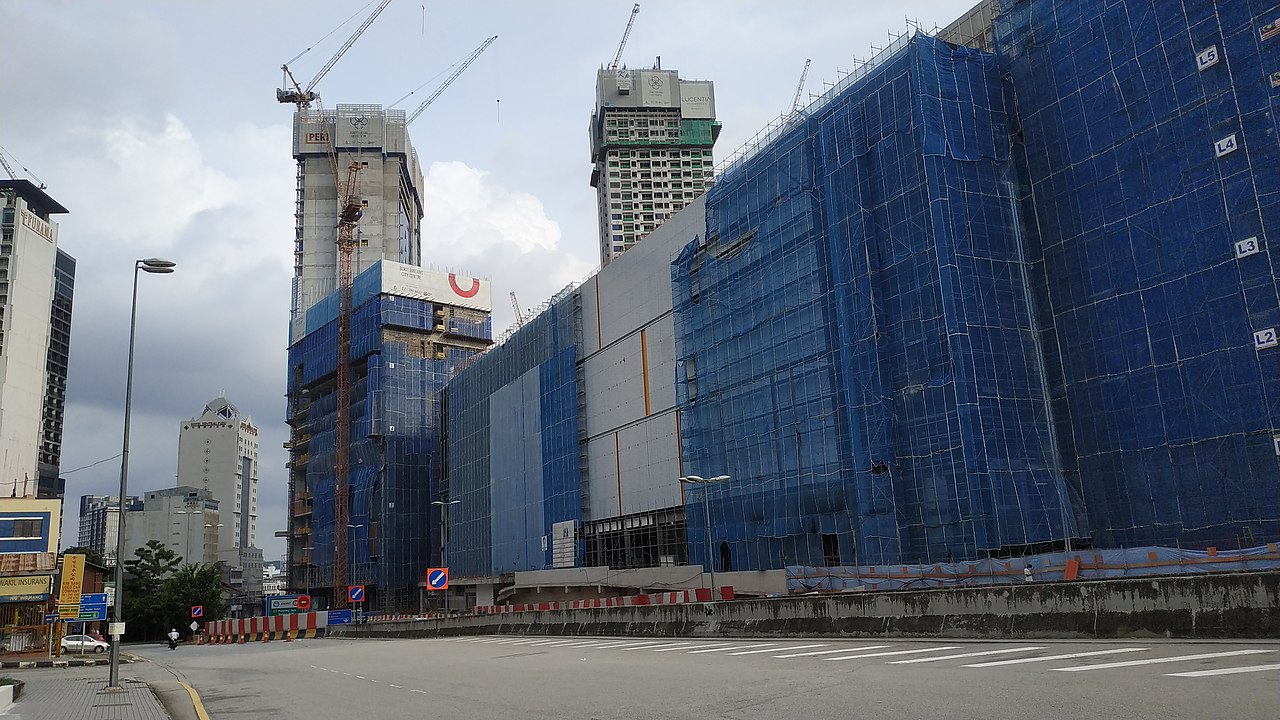
Image credit: Wikipedia
While announcing the demolition of the Pudu Prison, the government also revealed that the 10-hectare area will be converted into a mixed development zone.
It is now known as the Bukit Bintang City Centre (BBCC), a multi-billion ringgit project between Eco World Development Group, the Urban Development Authority (UDA) and the Employees Provident Fund Board (EPF).
The first phase of BBCC was completed and opened to visitors in early 2022. The area is now home to Mitsui Lalaport lifestyle shopping mall, a railway transit hub and business suites. There will be other upcoming buildings in the area including an 80-storey tower known as the BBCC Signature Tower.
Pudu Jail in Kuala Lumpur
For more than a century, Pudu Jail was a famous landmark in KL. Though a jail may not be something to be proud of, it’s certainly a part of our country’s history and was more than just a correctional facility – it once had the world’s longest mural, and had a long history that should be made known to future generations.
Read more here:
- 10 abandoned heritage sites in Malaysia
- 11 heritage buildings in KL with secret histories
- Abandoned Crag Hotel on Penang Hill has a colonial past
- 8 buildings in KL that are gone for good
Cover image adapted from: Wikipedia and The Star
